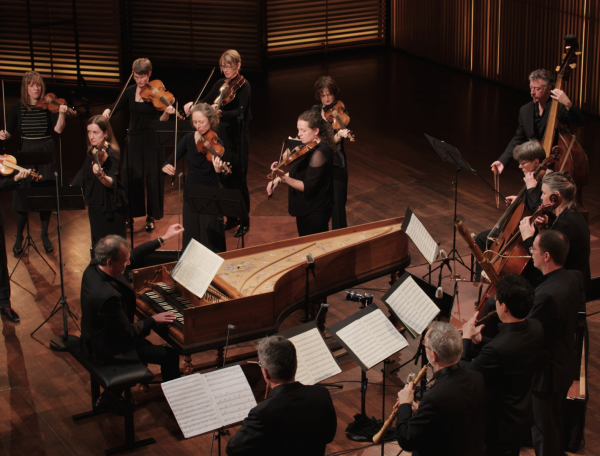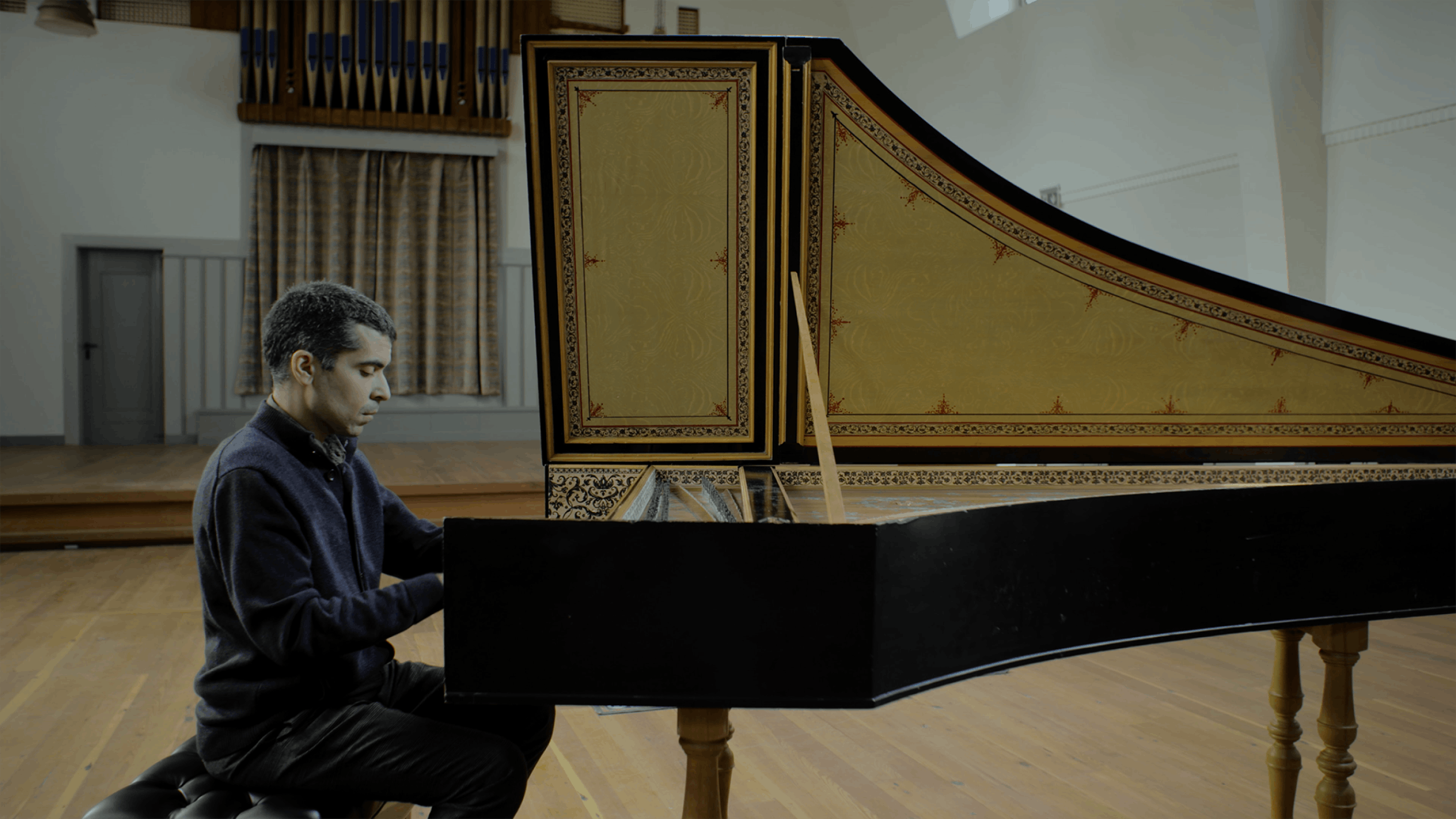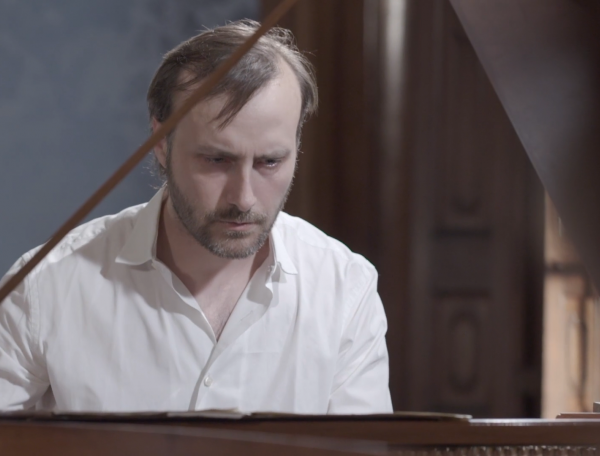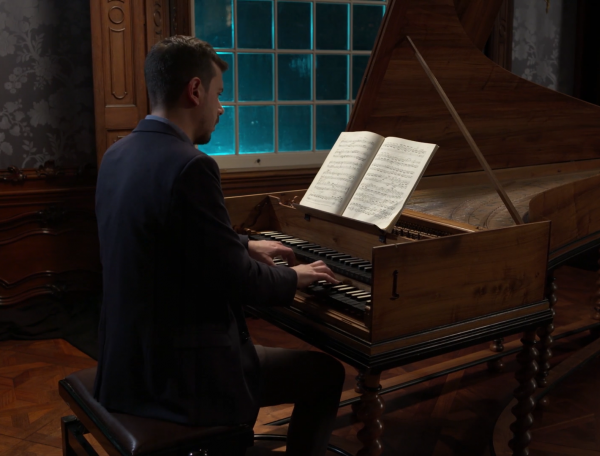

Partita no. 6 in E minor
BWV 830 performed by Diego Ares
at Studio 150 - Bethlehem Church, Amsterdam
Behind the music
A complicated musical structure
French, German and Italian influences are combined in this serious partita
In the last twenty-five years of his life, Bach had several works printed – keyboard music, in particular. There was a market for this, and if Bach was famed for anything it was his prowess on the keyboard. This led to the printing of the Clavier-Übung between 1731 and 1741. We can see these collections as Bach’s musical testament, as they are the culmination of a development that took many years.
The first part of the Clavier-Übung is devoted to the suite. As the name suggests, this form came from France, where people did a lot of dancing. French harpsichordists often played whole series of dances in a set order – called a suite. The French culture flourished in this period, so the suite also found its way to other countries. But culture does not develop in isolation. The Italians called the suite ‘partita’ and gave their own twist to it. This, in turn, influenced German composers who were writing suites. Bach uses the name ‘partita’ fairly frequently, and does so in the Clavier-Übung as well.
The Partita BWV 830 is the last of six in the Clavier-Übung I and is remarkable for its gravity. These six partitas are anyway more serious than the English and French suites Bach had written earlier. The composer begins with a long toccata in several parts, which is reminiscent of Buxtehude – the music of his youth. Further on in the work, too, Bach often chooses for complicated musical structures. The music is no longer very dancy. However, Bach combines French, German and Italian influences in exemplary fashion, creating a homogenous style, in which justice is done to every note. Well worthy of a testament.
- BWV
- 830
- Title
- Partita no. 6 in E minor
- Instrument
- harpsichord
- Genre
- harpsichord works
- Serie
- Clavier-Übung I, II, IV, Six keyboard partitas
- Year
- Published 1730, first version ca. 1725
- City
- Leipzig
- Special notes
- This partita is a revision of an earlier Partita in E minor, BWV 830.1, from the Clavier-Büchlein für Anna Magdalena Bach
Extra videos
Vocal texts
Original
Translation
Credits
-
- Release date
- 7 September 2023
-
- Recording date
- 4 November 2020
-
- Location
- Studio 150 - former Bethlehem Church, Amsterdam
-
- Harpsichord
- Diego Ares
-
- Instrument
- Joel Katzman, 1991 after Ruckers, 1638
-
- Director, camera and lights
- Gijs Besseling
-
- Music recording
- Guido Tichelman, Joeri Saal
-
- Music edit and mix
- Guido Tichelman
-
- Camera, lights
- Danny Noordanus
-
- Data handling
- Stefan Ebels
-
- Assistant music recording
- Marloes Biermans
-
- Producer
- Jessie Verbrugh
Discover
Help us to complete All of Bach
There are still many recordings to be made before the whole of Bach’s oeuvre is online. And we can’t complete the task without the financial support of our patrons. Please help us to complete the musical heritage of Bach, by supporting us with a donation!

